| Issue #57 • May/June, 1999 |
It’s an old story to longtime gardeners (and a new story to novices): each spring you buy some superb tomato plants, set them out on May 1 (or thereabouts), then you mulch, water, and spray until about July 4 (depending upon the part of the country in which you live) when you pick your first real beauties of the season.

Of course, there is always next season, but you can never be sure if the new plants will come close to equaling the old ones. The new strains may not be to your liking, or there may be a problem with the plant’s ability to resist wilt or cold weather. You wish you could keep the old plants forever.
Actually, there is an easy way to keep your tomato plants alive forever. You can grow and enjoy the Eternal Tomato by investing just a few minutes and spending a few extra cents. In the bargain you will have the earliest and best plants in your area the next season.
Suckering
Many old-time gardeners know about the process called suckering. This calls for you to break a stem or two from your tomato plants and plant them. Don’t worry about your plants because breaking off the suckers doesn’t hurt them. In fact, they’ll grow a lot better without them.
Here’s how to do it: Examine your healthy and strong plants. Look for stems and limbs that look like the forks of a slingshot. The only difference is that growing from the exact center of the fork there will be a shoot, called a sucker, that looks healthy and vigorousand it is because it is using more than its rightful share of the nutrients of the plant. Break off the sucker by holding it one inch from the point where it joins the fork of the plant. Bend it forward, then backward. The stem will snap off cleanly, unlike other stems of the plant which will snap and then cling by a few fibers if you attempt to break them away.

1. Locate the suckers that grow on a straight stem from between two strong tomato branches.

2. Grasp the sucker near its base, about an inch from where the three growths come together. Just snap the sucker loose.

3. Stick the broken end of the stem into the potting soil and pack the soil tightly around the stem.
The suckers you break off should be no more than one foot in length. When you have the sucker in hand, push the stem end into a jiffy pot or some other small container that’s filled with potting soil. Push the end three or so inches into the soil and use your fingers to pack soil tightly around the stem.
Do eight or ten of the suckers if you have room for them. Water them generously, but do not have the stems standing in water. Set the containers in an old tray or inside an aluminum pan. Leave them where they will get abundant sunshine.
Within five or so days, the stems will put out roots and, in a few weeks, you will have an independent plant that is ready to produce tomatoes.
When is the proper time to start sucker plants? You can do it whenever you wish, as long as the parent plant is good and strong.
When you start your tomato plants in the early summer or late spring, you can set out a dozen or so plants. Then two or three weeks later you can break off a dozen or two suckers from the 12 plants.
Set these new plants out and, in two to four weeks, you can break suckers off these plants, as well as from the first sucker plants and the parent plants. In short, start with 10 or 12 plants and by mid-summer you will have a hundred plants, all the children of the parent plants, coming at no cost whatever, except for the potting soil.
And you don’t even need potting soil. It simply helps get the plants off to a good start. However, if you wish, you can break off the suckers and stick the stems directly into good, loose soil and they will take root there if you see they are watered well.
During the summer you can eat the fresh tomatoes and sell, barter, or can the surplus. In our family of three, we like to have two quarts of canned tomatoes per week, so we can about 100 quarts each year. This gives us plenty of base for spaghetti sauce, soups, and other dishes.
At the end of the season you can pick all the green tomatoes, wrap them individually in newspaper, and, in the middle of winter when you unwrap them, they will be a delightful shade of ripeness.
At the end of the season, snap off more suckers and start these in small containers. If you build a small greenhouse, you can keep the plants through the winter.
As the tomatoes grow larger and larger, you can transplant them to larger containers. You may want to use five-gallon or smaller containers. One-gallon cans also work well.
The greenhouse will keep the plants alive on cold nights, and if you open the doors on warm days the wind or the insects still on the wing will pollinate the blossoms, and you can grow your own fresh tomatoes even when there is snow on the ground.
The following spring, move the plants back outdoors and, if you wish, you can transplant them again, this time into the soil of the garden. Then the process starts all over again.


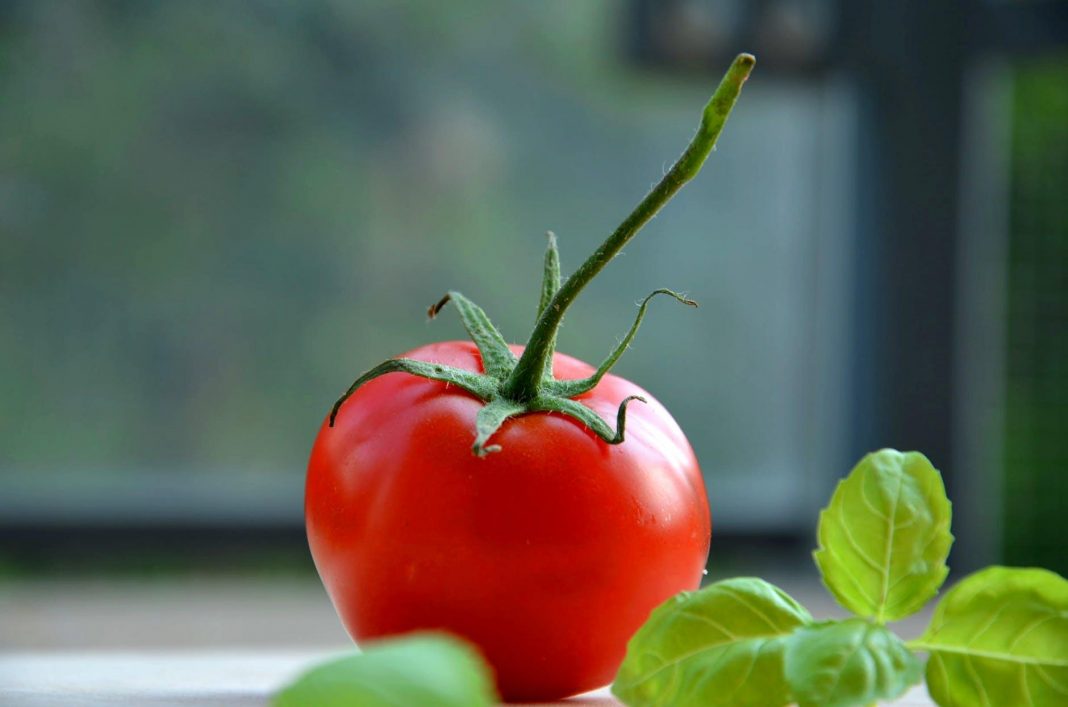







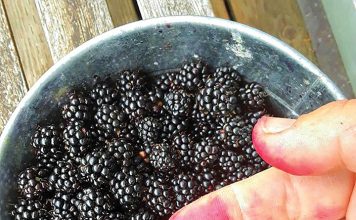
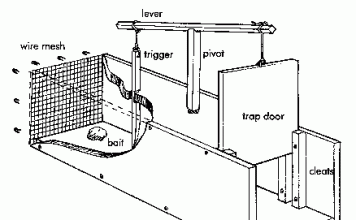

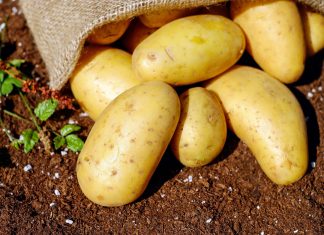
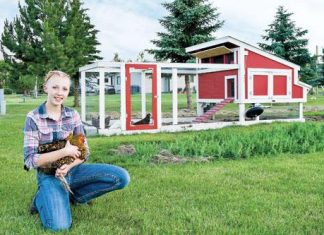
I however take the last tomatoes of the season and let them rot..and dry the seeds out…I sow the seeds in a window planter …I now have a planter box of little tomatoes. I also just put the rotten tomatoes in pots and water….I now have nice plants in the green house..